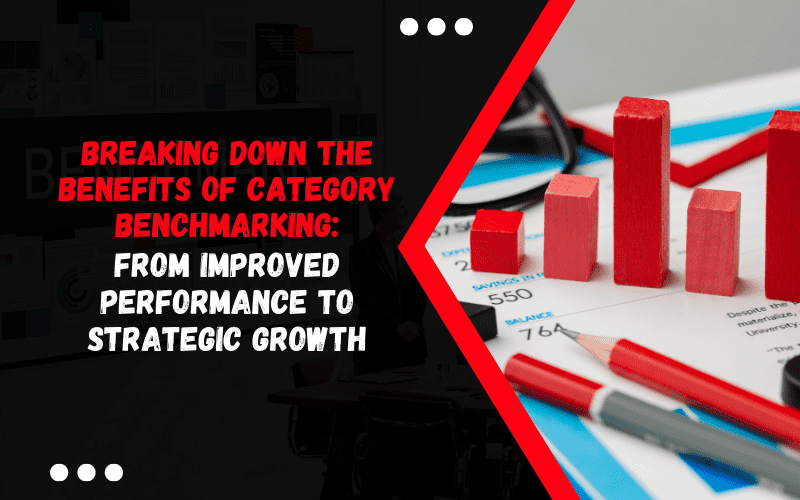Your business needs tools to evaluate its performance and competitiveness within the industry. These tools analyze and compare your company’s performance against industry standards to identify areas for improvement and where you excel. This article will explore the benefits of category benchmarking and how it can help businesses gain a competitive advantage.
Category benchmarking is a process that involves comparing your company’s performance against competitors in the same industry or against industry standards. This helps you identify areas where your company is doing well and where you can improve. Setting a standard can be done for different categories, including operational, financial, and customer service.
Benefits of Category Benchmarking
1. Improving Performance
Business standards help businesses improve performance by providing insights into the best practices in the industry. By comparing your performance to these benchmarks, you can identify where you fall short and take steps to improve. This could involve investing in new technology, optimizing your operations, refining your product or service offerings, or streamlining your business processes. As a result, you can achieve better results, meet customer expectations more effectively, and improve your bottom line.
2. Staying Competitive
Standards help businesses stay competitive by informing them of the practices acceptable in the industry. By monitoring competitors’ performance, you can identify areas where they excel and adopt similar practices to stay ahead. You can also identify areas where you’re doing better than competitors and leverage these strengths to gain a competitive advantage.
3. Enhancing Customer Service
Category benchmarking can also help businesses improve their customer service. By comparing your customer service performance to industry standards, you can identify areas where you’re falling short and take steps to address these issues. For example, you may need to invest in additional training for your customer service staff or update your policies and procedures to be more customer-friendly.
4. Boosting Employee Morale
Benchmarking can also help boost employee morale by providing a sense of direction and purpose. When employees see how their performance compares to industry standards, they can better understand their role in the company and how they contribute to its success. Healthy competition among employees can further motivate them to improve their performance and achieve better results. This leads to increased motivation and job satisfaction.
5. Making Informed Decisions
Finally, having a standard helps businesses make informed decisions by providing data-driven insights. By comparing your performance to industry standards, you can see where you stand and make informed decisions about where to invest your resources. This involves investing in new technology or expanding into new markets. Businesses can optimize their resource allocation, identifying areas where they may be overspending or underinvesting and reallocating resources to maximize their return on investment.
6. Boosting Strategic Growth
Evaluating performance can also help businesses achieve strategic growth by identifying new opportunities for expansion. You can identify emerging markets, new customer segments, and untapped revenue streams by analyzing industry trends and performance metrics. This can help you develop new products or services, enter new markets, or create partnerships that drive long-term growth. Additionally, it can help you identify potential risks or challenges that may impact your growth trajectory, allowing you to mitigate these issues and stay on course proactively.
Conclusion
Category benchmarking is a valuable tool that businesses can use to evaluate their performance and competitiveness within their industry. It can help businesses gain a competitive advantage and achieve long-term success. It enables businesses to remain agile and responsive to changes in the market, industry trends, and customer preferences. By continuously monitoring and adjusting their performance metrics, businesses can adapt quickly to changing conditions, identify new opportunities, and stay ahead of the competition. This ultimately helps businesses achieve sustainable growth and long-term success in their industry.




